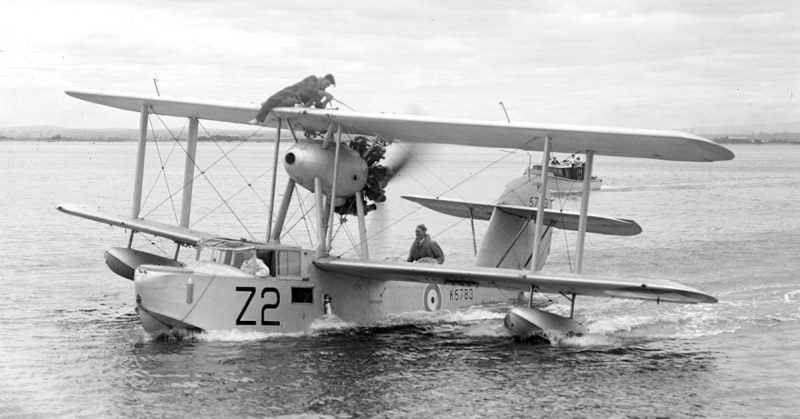The seas surrounding the United Kingdom can be savage and unforgiving, as history has continually proven again and again.
So, over time, precautions such as lighthouses, navigation aids, and detailed nautical charts have helped make the waters around the United Kingdom much safer.
But in the 19th century, sea disasters along the coast were a too regular occurrence.
For example, in 1804, the Royal Navy warship HMS York disappeared while on patrol in the North Sea. Later, wreckage belonging to her was found covering a wide area. It was thought she had hit a submerged reef. All 491 men onboard were killed.
Then, just a year later in 1805, a major tragedy struck again. A large, heavily armed merchant ship belonging to the British East India Company called the Earl of Abergavenny hit a sandbank off Weymouth Bay.
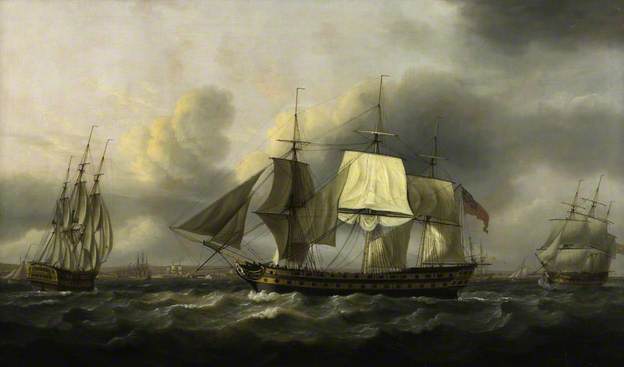
This was due to a navigational error that proved fatal. The ship quickly broke apart and sank. In doing so, over half of her passengers and crew of 402 were lost, as well as most of her multi-million-pound cargo.
So, in order to help address the growing concerns among the public and politicians about this alarmingly regular loss of life, the charity the Royal National Lifeboat Institution (RNLI) was formed in 1824. Initially, it started life with the less-than-catchy name of the Royal National Institution for the Preservation of Life from Shipwrecks.
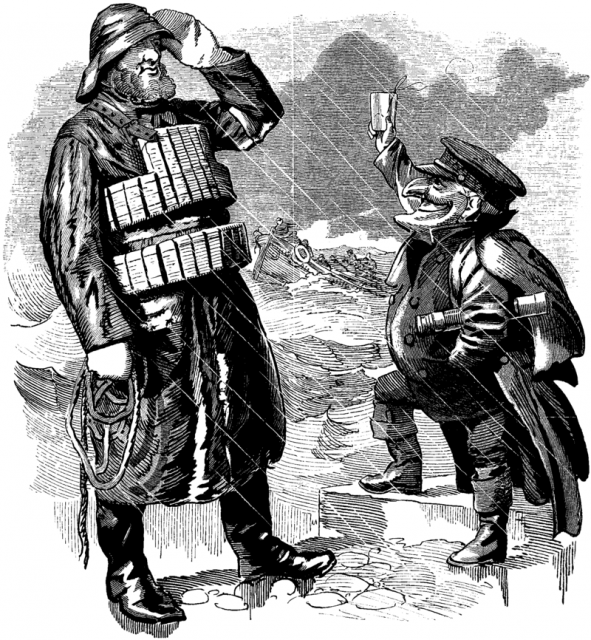
Although the formation of this institute helped considerably by creating a network of lifeboat stations across the country, the tragedies continued as global trade boomed and new technology pushed ships to carry bigger loads at faster speeds.
https://www.youtube.com/watch?v=ACx2BxKyGA8
For centuries, the Royal Navy had taken on the duties that we now define as those of the coast guard, including the role of search and rescue. But with the intensity and new difficulties that World War One brought to the coastal waters around the United Kingdom, a more organized approach was needed.
The new technology in the form of aircraft — and especially in the form of the seaplane — was quickly embraced as a means to support rescue efforts at sea.
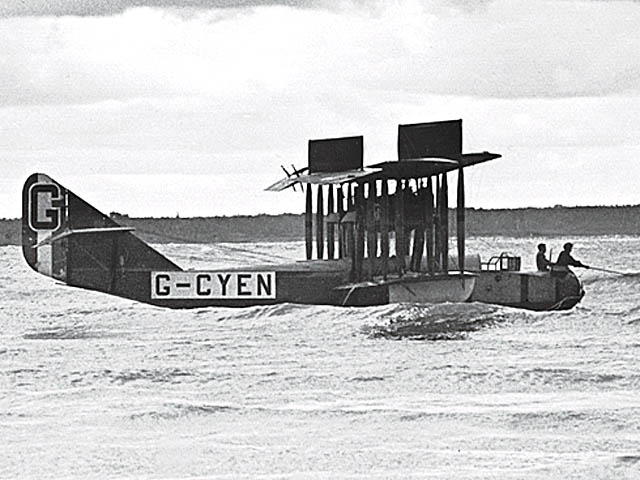
The Royal Air Force (RAF) was established in 1918, towards the end of World War One. A few days later, a specialist unit was created called the Marine Craft Section (MSC).
The MSC was initially tasked with supporting the Royal Navy and Royal Air Force seaplanes. They used such seaplanes as the less than graceful Supermarine Seagull, three-man Reconnaissance flying boat, or the heavily armed, four-man crewed Felixstowe F.5.
Over the next few decades, this section developed into a rescue service with its own high-speed rescue launches, seaplanes, and long range spotter planes.
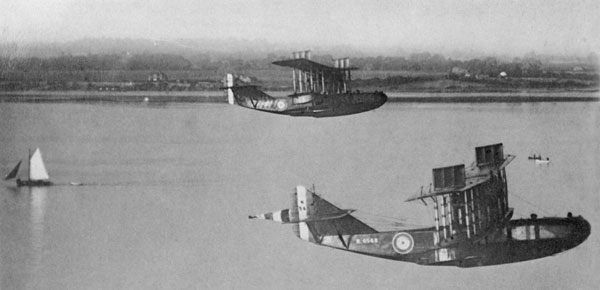
With the coming of World War Two, their role became even more important as they carried out sea search and rescue missions for shot down aircrews. This meant most of their launches and planes had to become armed.
Now, they did not only have to contend with the often truly atrocious weather but also with maundering enemy maritime units, such as German S-100 class E-boats capable of speeds of 55 mph and the deadly four engine FW 200 Condor with armaments including a 20 mm cannon.
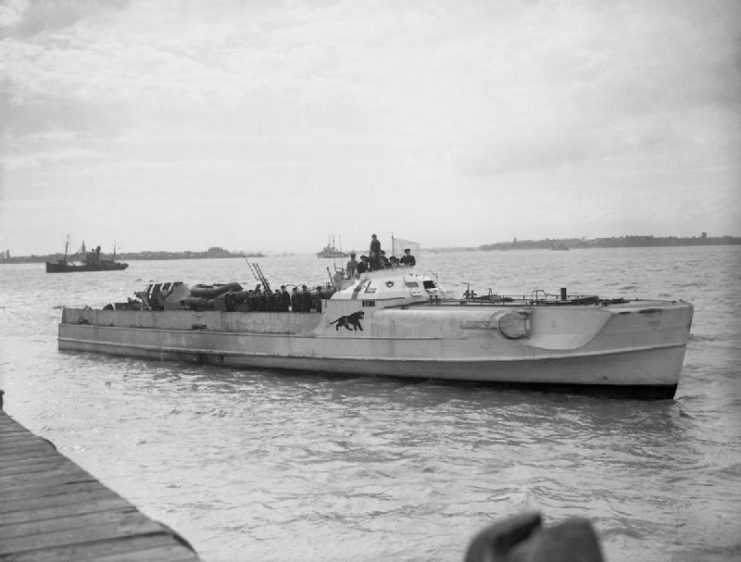
After the war, the MSC focussed on supporting the RAF in roles like target towing and supplying guard ships to the Royal Navy’s aircraft carriers. An MSC ship might also shadow an aircraft carrier in order to assist if a plane or helicopter crashed into the sea.
The role of sea search and rescue in United Kingdom coastal waters was taken over by helicopters from the Royal Air Force Search and Rescue Force (SARF), in conjunction with Her Majesty’s Coastguard.
The SARF used the versatile Westland license built Wessex and, later, Sea King helicopters.
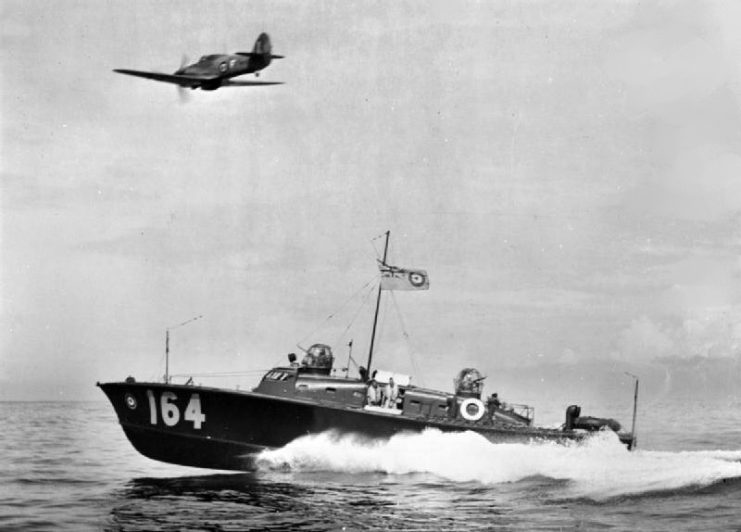
The helicopter transformed the abilities of search and rescue crews, being able to hover for prolonged periods. This meant it could winch aboard crew members from stricken ships or rescue stranded walkers cut off by the tide.
It also had the ability to be on the scene much faster, which could mean the difference between life and death, especially in the freezing waters surrounding the United Kingdom.
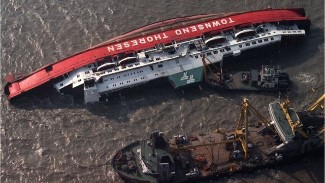
After the 1987 capsizing of the giant ferry the MS Herald of Free Enterprise, helicopters were the first on the scene. Despite 193 passengers and crew dying, many lives were nevertheless saved by their prompt response.
As for the Marine Craft Section, as the United Kingdom gave up its overseas territories, the country’s military size shrunk considerably. The need for such a section diminished, and in 1986, it was formally disbanded.
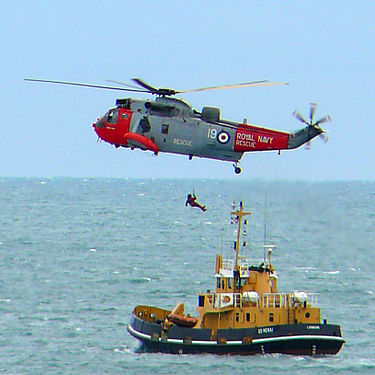
Its assets, most of which were elderly, were either retired or handed over to civilian contractors. Its other duties were absorbed into Her Majesty’s Coastguard and the RNLI.
By 2015, the United Kingdom government had decided to streamline and consolidate the air-sea search and rescue services. Consequently, they transferred responsibility for this as part of a multi-billion ten-year contract to Bristow Helicopters Limited, a civilian contractor.
Read another story from us: The Wreckage of the USS Bonhomme May Have Been Found
In 2016, at a ceremony overseen by the Duke of Cambridge (Prince William), who is himself a former search and rescue helicopter pilot, the Royal Air Force Search and Rescue Force was also disbanded.
Thus ended nearly 100 years of the military being directly involved in the air-sea search and rescue role in the United Kingdom.
